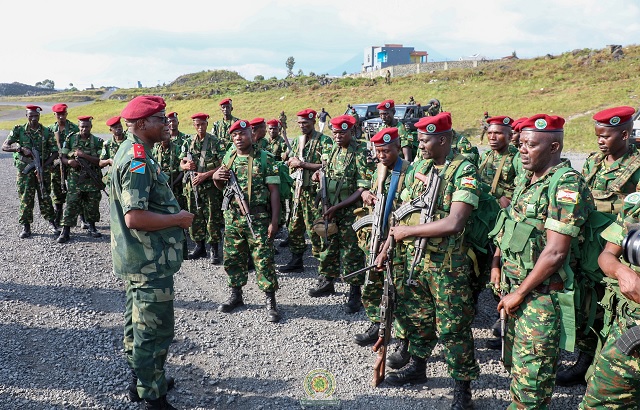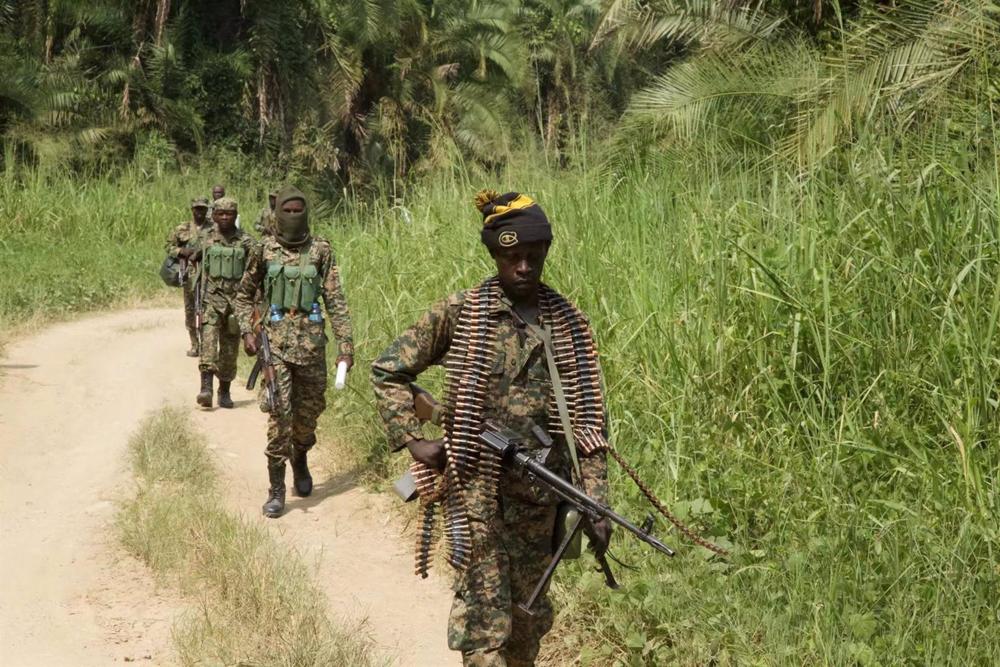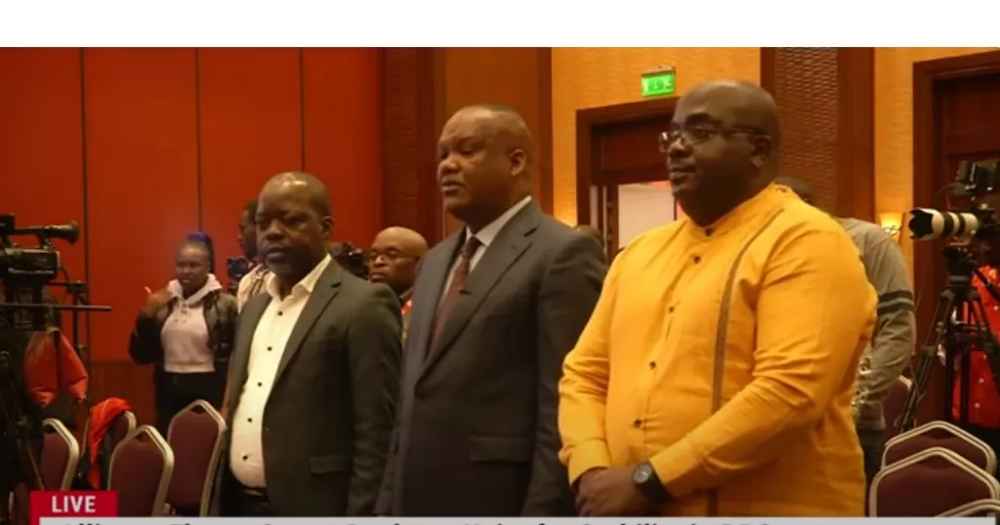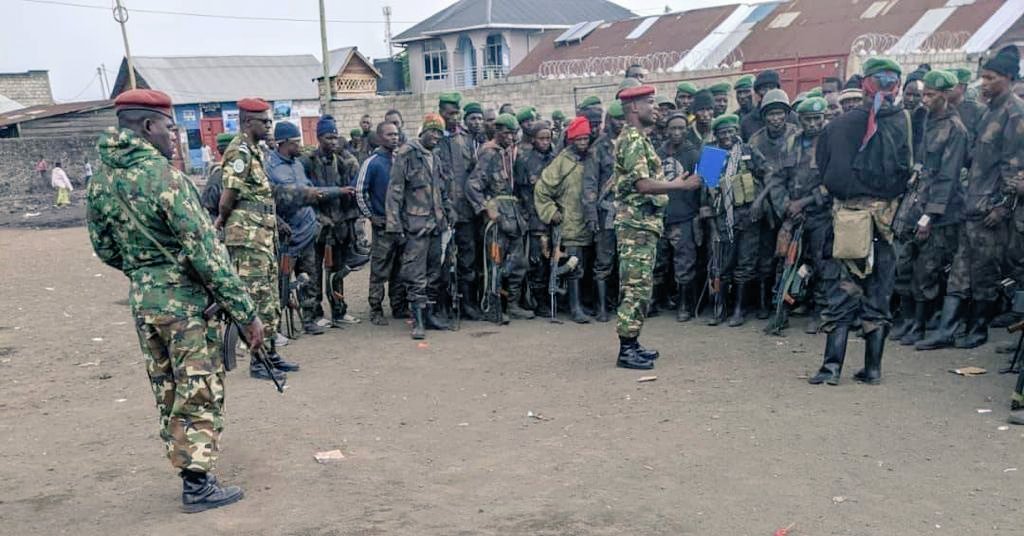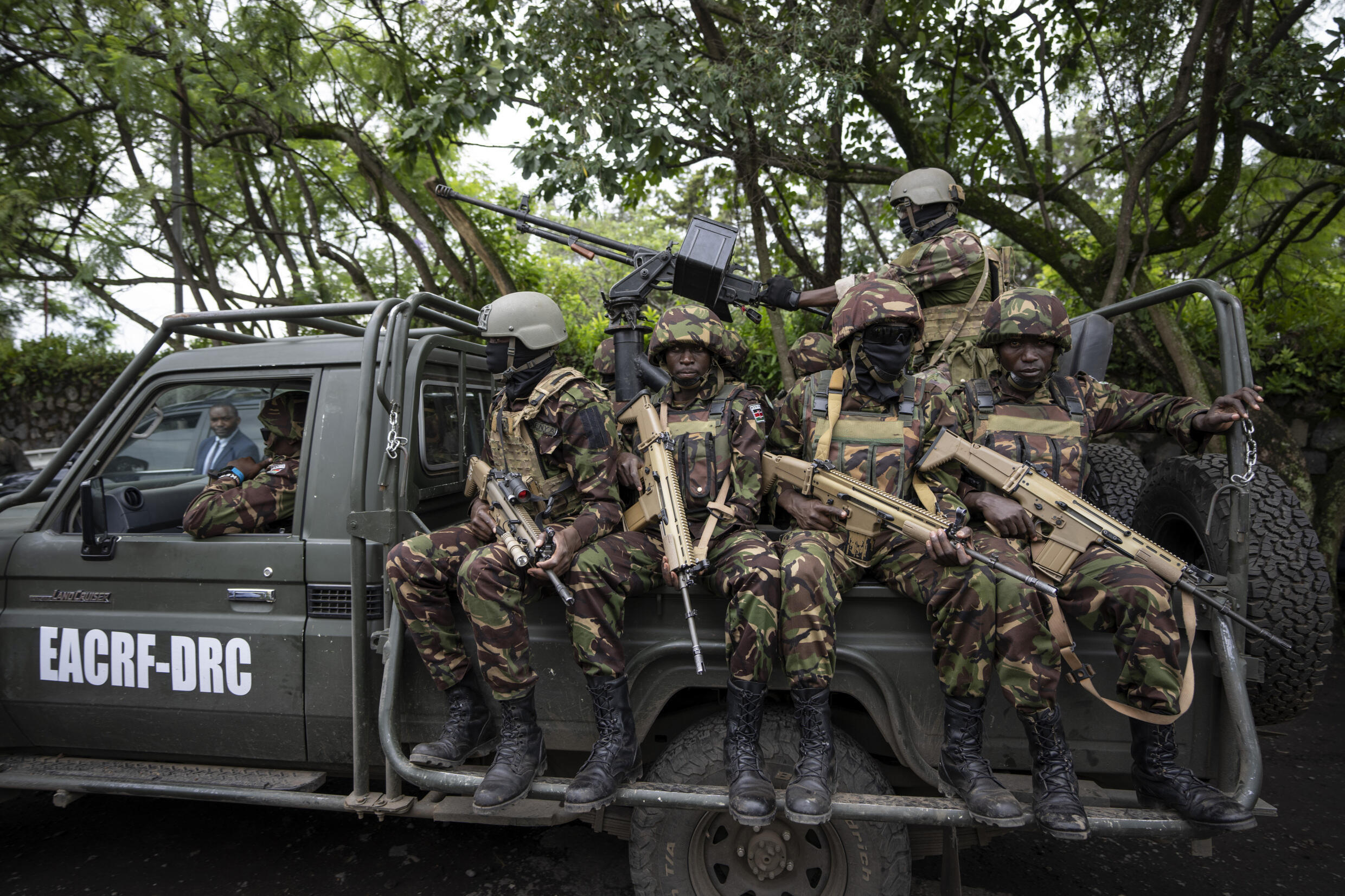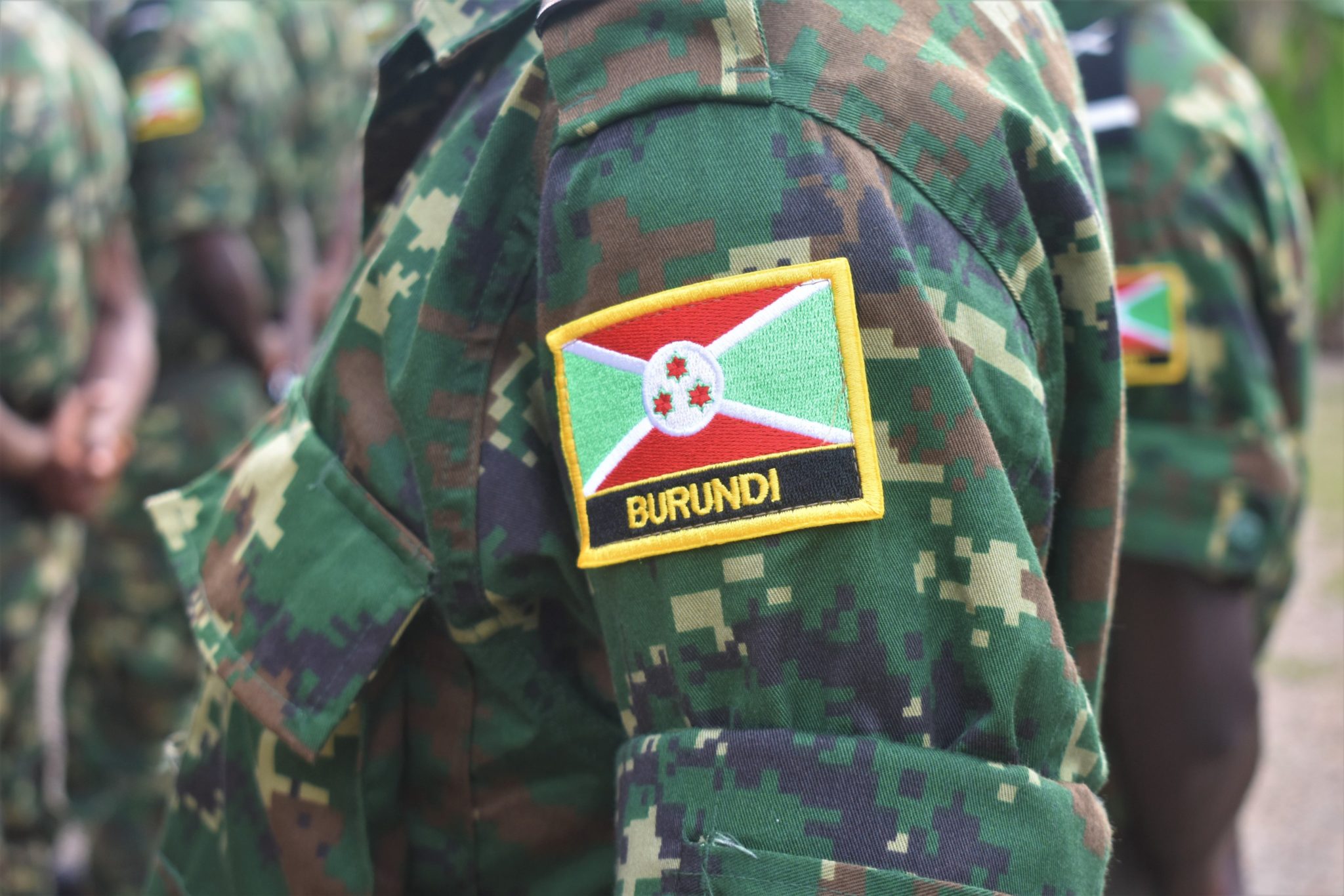Regional
DRC: Rwandan genocidal militia, SADC, Burundi, European mercenaries’ coalition poses new threat to regional security
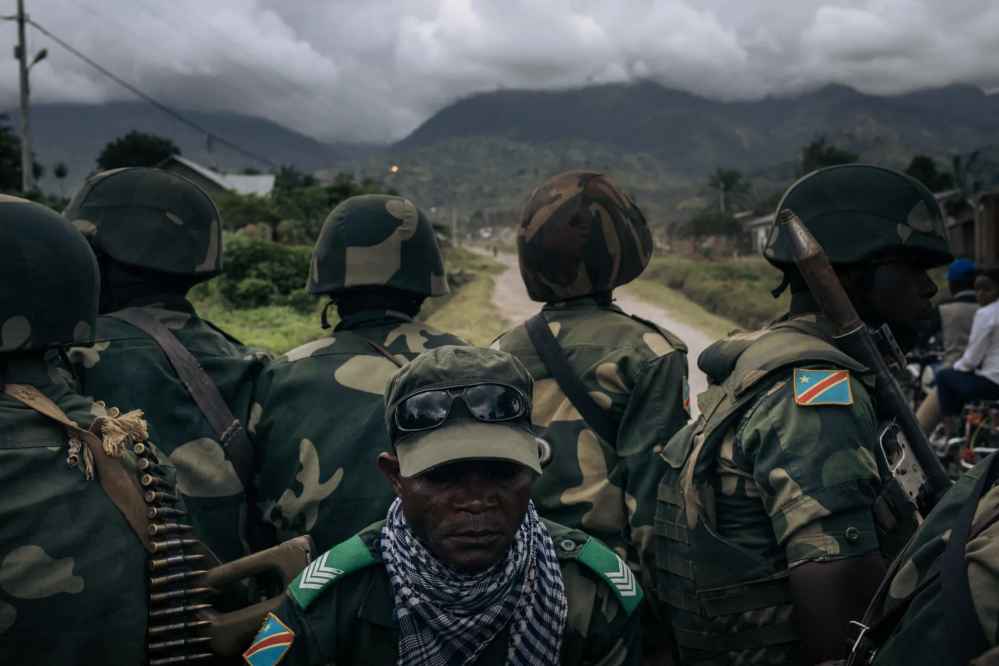
Amid the ever-escalating insecurity in the east of the
Democratic Republic of Congo, the Congolese army is, by design, metamorphosing
into a potentially deadly amalgamation of troops and militia forces from
various countries and armed factions.
A new-look Congolese army coalition which has troops from the
southern African regional bloc, Eastern European mercenaries, Burundi, as well
as Rwandan genocidal militia and a myriad of several other Congolese militia
groups, poses a new threat to the region.
It is no secret that the Congolese army is riddled with
corruption, and is falling apart because of indiscipline with underpaid
soldiers looting homes and marauding through villages wherever they operate in
the vast country.
The force generally known for its indiscipline,
inefficiency and corruption, continues to commit atrocities and corruption
extends throughout its ranks. High levels of corruption in the army are a major
obstacle to security provision and pacification efforts.
Unfortunately, in addition to its past and present chaos,
the Armed Forces of the Democratic Republic of the Congo, or FARDC, has merged
with other forces as President Félix Tshisekedi looks to boost his troops’
fighting capabilities.
Kinshasa intensified the mobilization and use of armed
groups, including FDLR – a Rwandan genocidal militia formed by remnants of the
perpetrators of the 1994 genocide against the Tutsi in Rwanda – as proxies to
fight the M23 rebels it alleges are supported by Kigali.
The M23 is a Congolese rebel group that resurged in
November 2021 after nearly a decade of silence. The rebels are far from being
the cause of the DRC conflict.
They are victims who are fighting for their people’s rights
to life and establishment as citizens. Since the 1990s, Congolese officials,
security forces and citizens, have persecuted, looted their cattle and
massacred hundreds of thousands while alleging that the Tutsi community is
trying to balkanize eastern DRC.
Fact, however, is that the conflict's deep roots can be
explained as a legacy of the refugee crisis which led to the flight of hundreds
of criminals involved in the 1994 genocide against the Tutsi in Rwanda to
eastern DRC.
Their genocidal ideology - not necessarily their military
might - which continues to spread in eastern DRC is a threat to Rwanda and the entire
region. But Tshisekedi conscripted them, and other armed groups, into his military
coalition to battle the M23 rebels as Rwanda.
In September 2023, a meeting – solely focused on developing
a joint operational strategy to fight M23 – in Goma of 21 armed group leaders
was called by the newly appointed Governor ad interim and North Kivu Operations
Commander, Gen Peter Cirimwami. Sanctioned individuals such as Nduma défense du
Congo-Rénové (NDC-R) leader Guidon Shimiray Mwisa and FDLR leaders attended.
The FARDC military hierarchy claimed that the meeting was
organized within the framework of Demobilization, Disarmament, Community
Recovery and Stabilization Programme to sensitize armed groups to disarm.
Fact is, the programme was a disguise to avoid accusations
of committing sanctionable acts or preparing offensive actions in violation of
the ceasefire between the FARDC and M23, which came into effect in March 2023.
Besides the FDLR and other local Congolese militia groups,
Tshisekedi also brought in more than 2,000 Eastern European mercenaries, as
well as over 6,000 Burundian troops.
He tried to improve his army’s fighting capability, not by
enhancing training and discipline, but by paying huge sums of dollars to
thousands of European mercenaries, Burundian soldiers, and conscripting a
myriad of local Congolese militias, and Rwandan genocidal forces, to fight M23.
The Southern African Development Community (SADC) also deployed
a force – SAMIDRC – on December 15, 2023 to help the Congolese army. But
SAMIDRC too is likely to end up trapped in the Congolese army's approach which
will be dangerous for the stability of the region.
The FARDC coalition has failed to defeat the M23 rebels.
But it continues to annihilate the Congolese Tutsi
community in the east of the vast country. Under Tshisekedi’s watch, and
supervision, the deliberate proliferation of hate speech and incitement to
violence, particularly against Rwandophone populations continues.
“The DRC must
maintain the idea that not a single foreign force will bring peace to the DRC,”
Dr. Nkere Ntanda, a political science professor at the University of Kinshasa,
told VOA in December 2023.
“The DRC will have to organize herself, to organize her army,
to organize her security and all her forces to defend herself. SADC won’t make
any difference at all.”
Any genuine regional effort meant to stabilise eastern DRC
should remain neutral in its actions, and factor in the ways the Congolese army
coalition has fanned violence and committed atrocities against civilians.
It should also seriously
get to the bottom of the problem, and give a chance to peaceful negotiations
between the M23 rebels and the Congolese government to address grievances.
Clearly, a purely military approach relying on foreign troops and armed negative militias to address the violence in eastern DRC, and not examining and dealing with the root causes of the conflict, is ill-advised. Until the problem of FDLR, which operates in close collaboration with the DRC army, is addressed, security in the region cannot be achieved.



